9 Recent Mysterious Archaeological Findings That Baffle Scientists (Part II)
5. Ancient 'lost' kingdom in Turkey
 Source: AFP
Source: AFP
Archaeologists from the Oriental Institute have reported making a remarkable discovery in Turkey quite by chance, discovering a lost ancient kingdom dating to 1400 B.C. to 600 B.C.
 Source: University of Chicago
Source: University of Chicago
The area of Türkmen-Karahöyük boasts an impressive array of traces of famous ancient cities, where one can stumble upon broken pottery fragments dating back thousands of years lying just on the surface.
6. Four-legged whales with a raptor-like eating style
We regret to inform you that your nightmares are about to get worse.A team led by Egyptian scientists have dug up a 43 million-year-old fossil in the Sahara Desert in Egypt of a now-extinct amphibious four-legged whale.
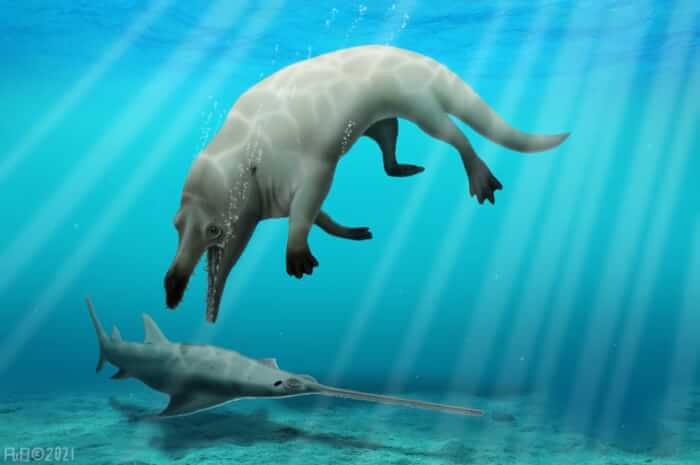 Source: Twitter
Source: Twitter
The authors of the study say that this creature had "unique features of the skull" and that its "mandible suggest a capacity for more efficient oral mechanical processing."
In other words, these walking whales had a "strong raptorial feeding style."
"We discovered how fierce and deadly its powerful jaws are capable of tearing a wide range of prey ... this whale was a god of death to most of the animals that lived in its area," Abdullah Gohar, one of the scientists, told Insider.
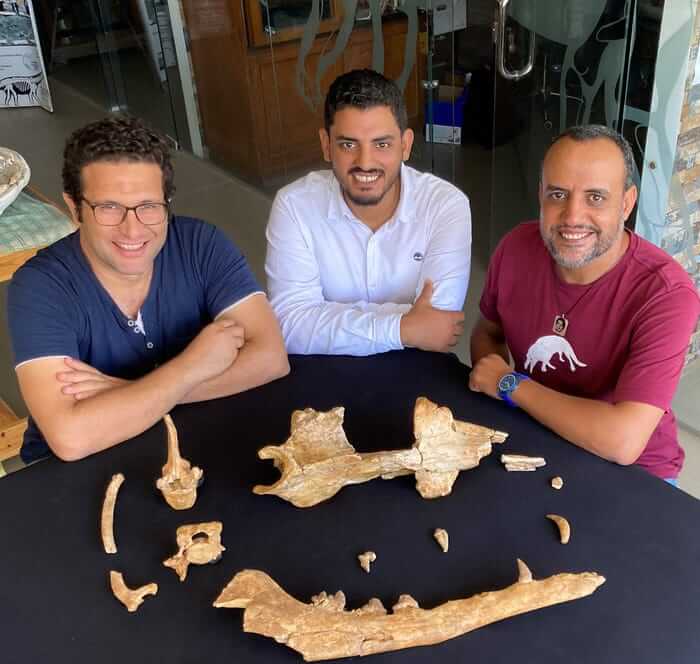 Source: Twitter
Source: Twitter
Whales, it turns out, used to be "herbivorous, deer-like terrestrial mammals," the scientists write. Over the span of about 10 million years, whales turned into carnivorous creatures in the ocean. The discovery of the four-legged creature is part of that evolution.
So, a whale with legs and massive head with a vicious eating style.
Good luck sleeping tonight.
7. 1,000-year-old mummified monk hidden in statue
#61
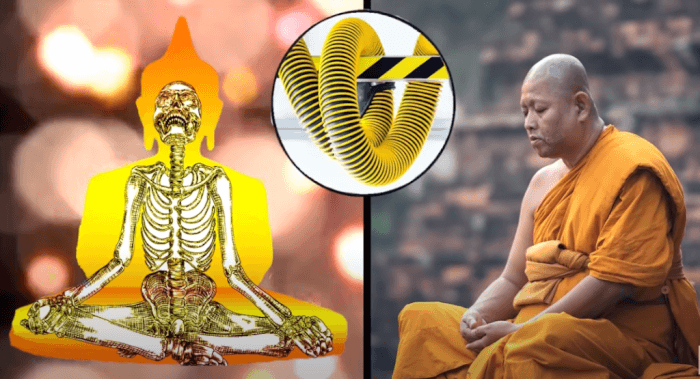 Source: Pinterest
Source: Pinterest
The mummy was discovered, encased in a cavity in the statue, when a private buyer brought it to an expert for restoration. It's unclear when or how the statue was removed from China.
But it wasn't until a team of researchers and scientists did a CT scan -- a comprehensive three dimensional x-ray image -- last year, did they discover the mummy's organs were missing.
#62
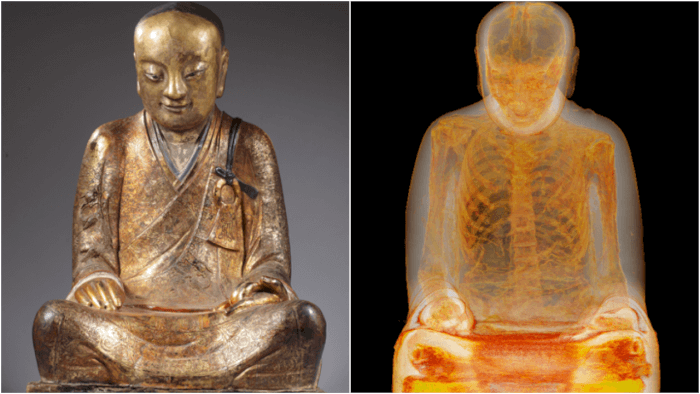 Source: CNN
Source: CNN
The mummy was found sitting on a bundle of cloth covered in Chinese inscriptions, revealing its identity as a Buddhist monk called Liuquan who may have practiced "self-mummification" to prepare for life after death.
Researchers are still waiting on DNA analysis results in hopes to trace the mummy back to its exact location in China.
8. Ancient Purebred Horse With Bronze-Plated Saddle In Pompeii
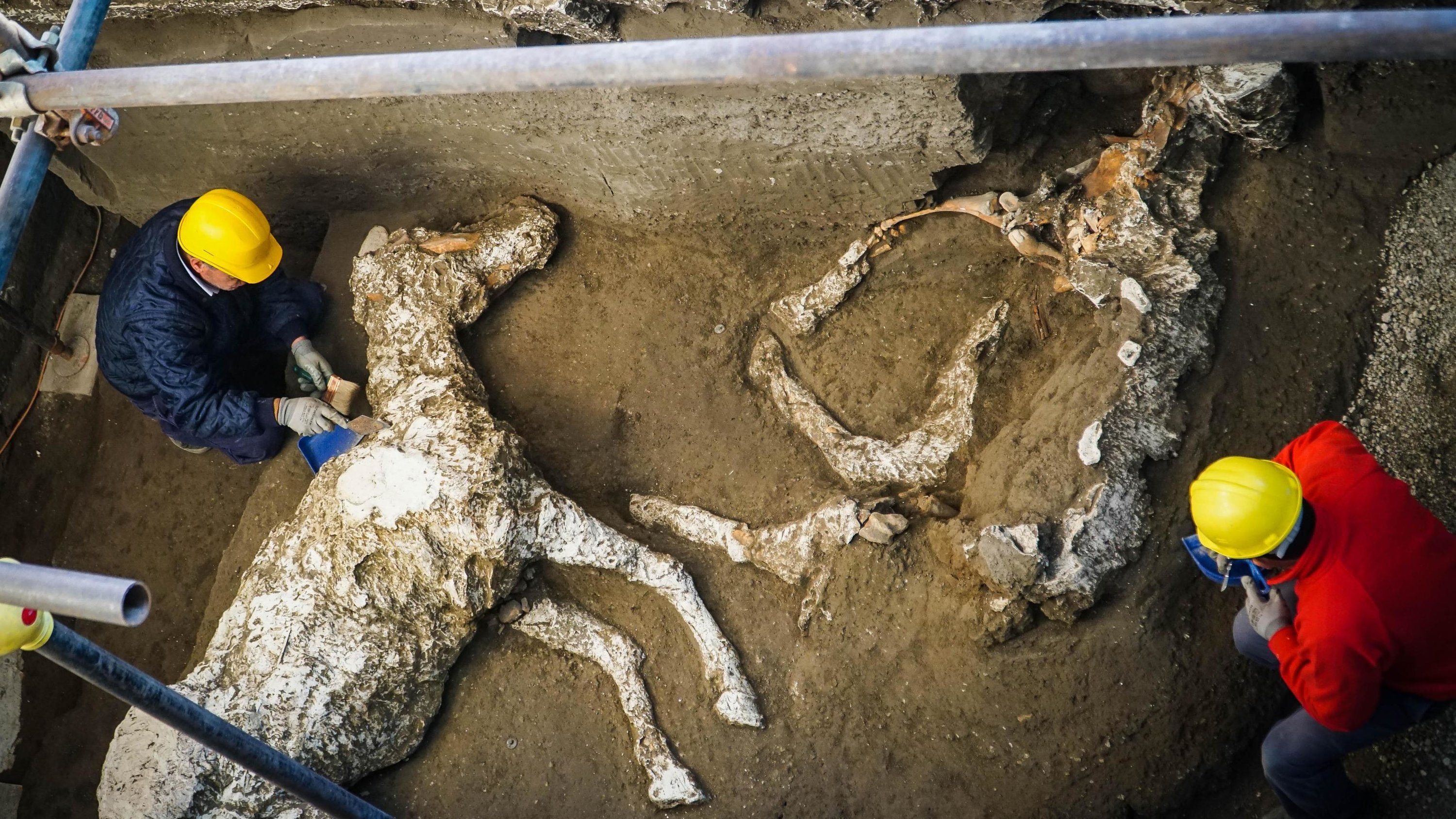 Source: Shutterstock
Source: Shutterstock
Almost 2,000 years later, archaeologists unearthed the immobilized horse, along with the remains of two others, in the remnants of a stable attached to a sumptuous suburban villa in Civita Giuliana, outside the walls of what remains of Pompeii, the Archaeological Park of Pompeii said in a statement on Monday.
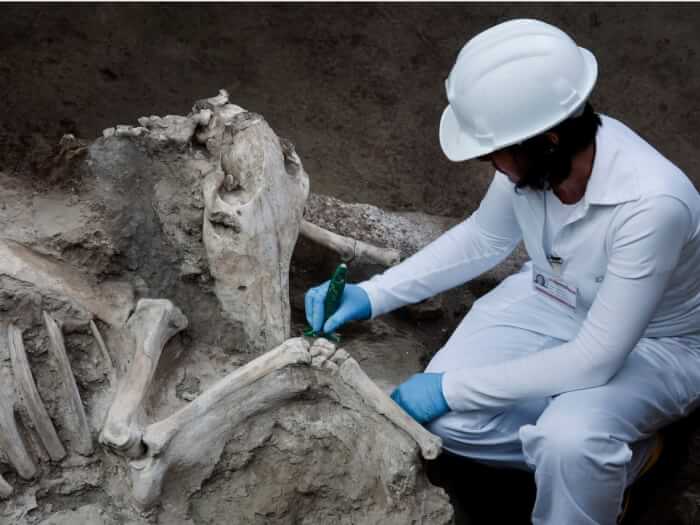 Source: AP Images
Source: AP Images
Instead of stirrups, the saddle had four bronze-plated wooden horns, one in each corner, to help keep the rider stable. Researchers compared the saddle to those used by Romans around the time Mount Vesuvius erupted.
9. Iron Age Skeleton In “Tree Coffin”
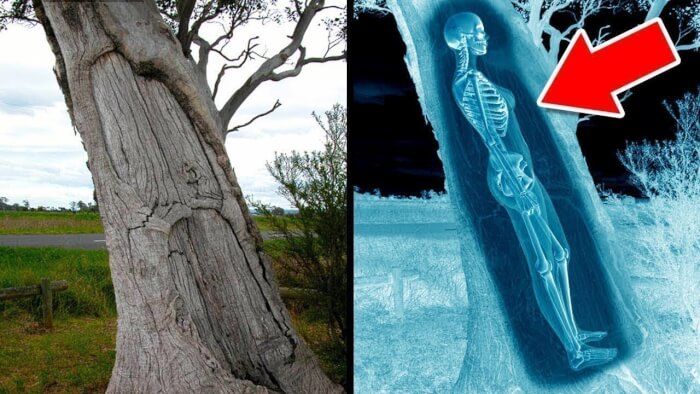 Source: YouTube
Source: YouTube
Scientists say the woman was Celtic. The Iron Age Celts are known to have buried members of their tribe in "tree coffins" buried deep underground. The woman's remains were found in the city of Zurich in 2017, according to Live Science.
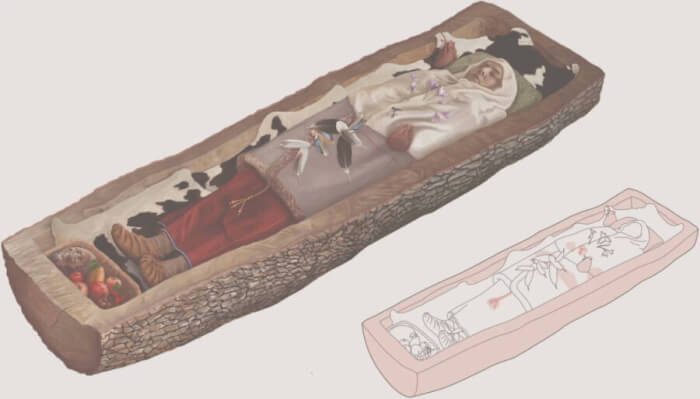 Source: Office for Urban Development, City of Zurich
Source: Office for Urban Development, City of Zurich
Her bones suggest she did little manual labour during her lifetime, suggesting she was someone of importance. Her jewellery consisted of bronze bracelets, a delicate bronze belt and a stunning necklace strung with amber and glass beads.
And of particular interest to scientists was the clasp on the woman's necklace. Both ends of the bling had a clip known as a brooch that allowed the woman to string blue and yellow beads onto it.
Share this article
Advertisement